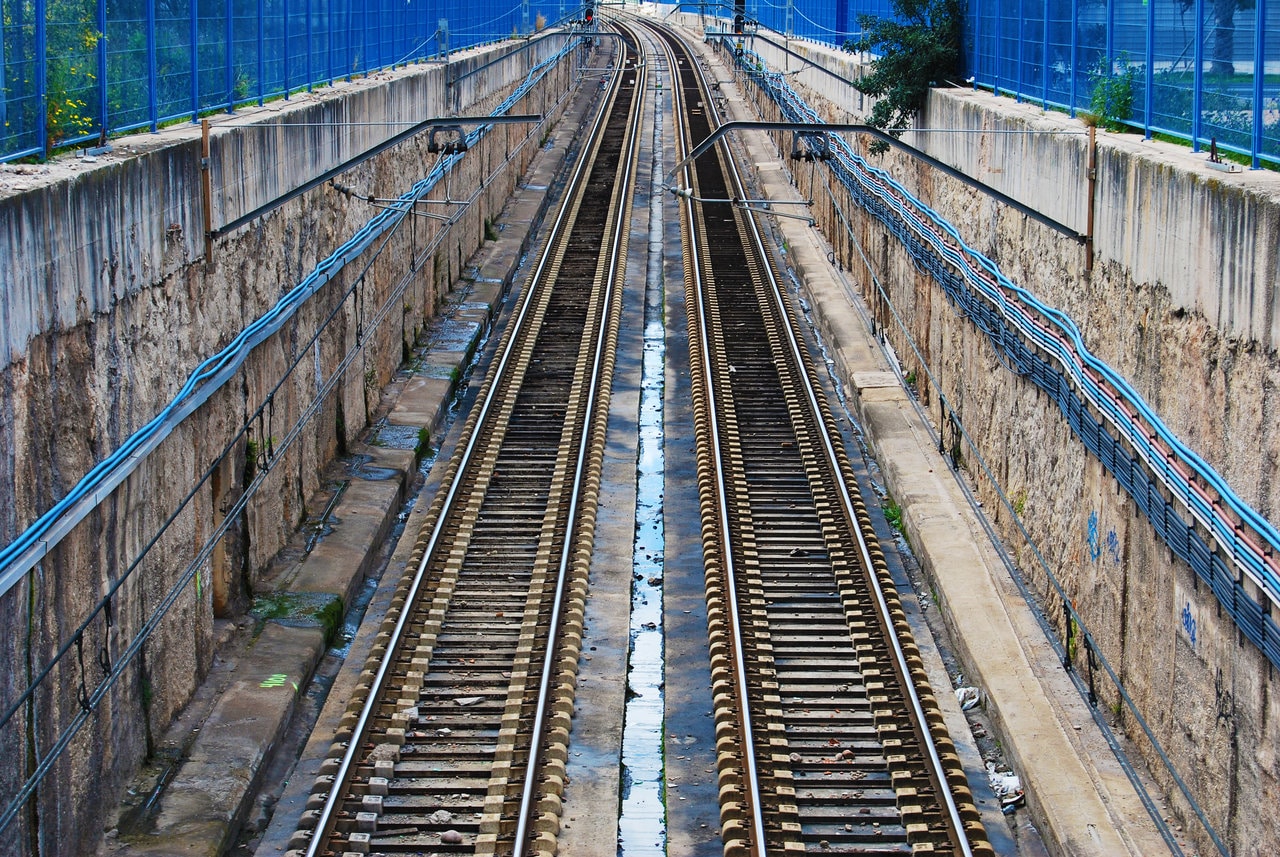The Triboro line: A real possibility, or pie-in-the-sky? Experts weigh in.

The MTA announced earlier this month that it would study a plan to build part of the Triboro RX, a 24-mile rail line that would carry passengers from the Brooklyn Army Terminal to Co-Op City in the Bronx along existing, above-ground freight lines. The Triboro would make 22 stops and link up 17 subways and four commuter lines, offering many more options to move between the boroughs without traveling through Manhattan.
Bringing passenger service to the line — an idea first proposed by transit advocacy group the Regional Plan Association in the 1990s — would shave precious tens of minutes off daily commutes between Brooklyn, Queens and the Bronx, where the majority of the city’s job growth is centered, particularly in Brooklyn and Queens.
Yet when the subways were dug 115 years ago, jobs were largely concentrated in Manhattan. Today, moving between boroughs usually requires a Manhattan-centric, circuitous route, often with multiple connections or a trip on one of the city’s notoriously plodding, unreliable buses.

Brooklyn Boro
View MoreNew York City’s most populous borough, Brooklyn, is home to nearly 2.6 million residents. If Brooklyn were an independent city it would be the fourth largest city in the United States. While Brooklyn has become the epitome of ‘cool and hip’ in recent years, for those that were born here, raised families here and improved communities over the years, Brooklyn has never been ‘uncool’.